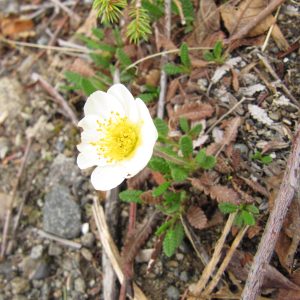Loyal readers: as I sit here on the 25th anniversary of my birth, reflecting on my summer as a Conservation and Land Management Intern for this, my final CLM Blog entry, I am consumed by a single and pervasive thought: this was the greatest summer of my entire life!!!
Innumerable fruits of my CLM experience; how shall I count thee? I gained tremendous insights into the nature of governmental conservation careers. I gleaned an intimate knowledge of the Taiga Biome, a region nearly entirely unknown to me a year ago. I ascertained a much greater proficiency in many facets of botany, thanks to my mentor’s wealth of knowledge of the Alaskan flora. For all of these things, I am grateful. However, the single most wonderful outcome of my CLM Internship surely must be… graduate school! Thanks largely to experience and connections garnished through this program, this fall I will be beginning a MS in Biology, with a focus on entomology and systematics, at the University of Alaska Fairbanks.

Alaska fieldwork is the best fieldwork part 2: Posing in front of an abandoned cabin on an invasive plant survey float trip of the Fortymile River.
After years of unrequited applications and inquiries, I finally feel that the career path I have envisioned for so long has been realized, and I will never forget the CLM Program’s key role in making it happen.
Signing off, for the last time, from the BLM District Office in Fairbanks, AK.
Thanks for being awesome, everyone.
Keep your stick on the ice.
Keep on keepin’ on.
Au revoir!
-Logan








